We hope you and your lawn are in good health. Our team at Moore’s Lawn Maintenance is committed to providing you with the best possible service and care for your lawn. Our weekly emails and blogs are an extension of that commitment, providing you with helpful tips and information to help you maintain a beautiful, healthy lawn.
Maintaining a healthy lawn in cold weather requires some specific care and attention, as the grass goes through dormancy and faces harsh weather conditions. Here are some essential tips for keeping your lawn in good shape during the cold months.
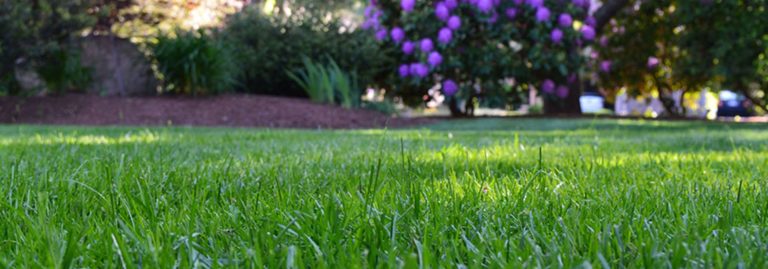
Mow at the Right Height: Gradually lower your mowing height in the weeks leading up to winter. For most cool-season grasses, the final cut of the season should leave the grass around 2.5 to 3 inches tall. Taller grass helps insulate the crown and roots from extreme cold.
Avoid Scalping: Avoid cutting the grass too short in one mowing, as this can stress the grass and make it more susceptible to winter damage.
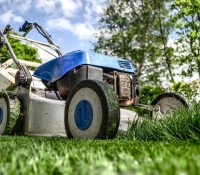
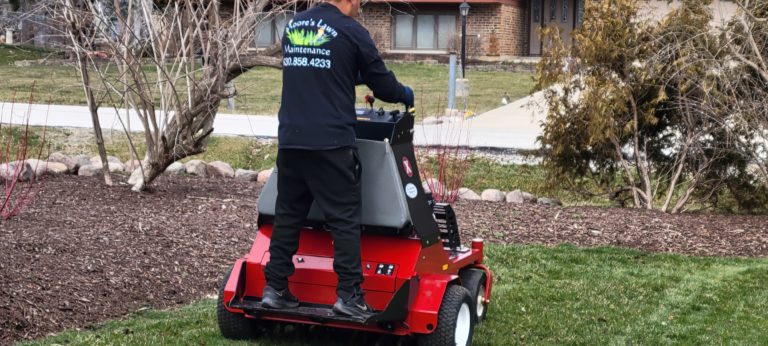
Fall Aeration: Core aeration in the fall is beneficial for cold-weather lawns. It helps reduce compaction, improve water penetration, and enhance root growth.
Late Fall Fertilization: Apply a slow-release, winterizing fertilizer. This helps strengthen the grass’s cell walls and improves its ability to withstand cold temperatures.
Overseeding Cool-Season Grasses: If you have cool-season grasses, consider overseeding in the fall with the appropriate grass seed blend for your region. This helps fill in thin or damaged areas and prepares your lawn for spring growth.
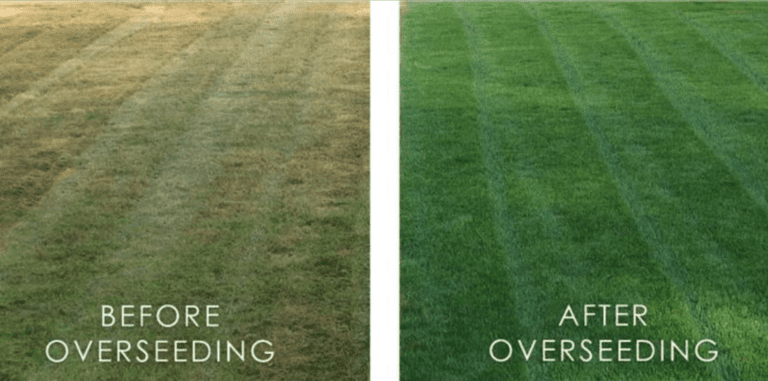
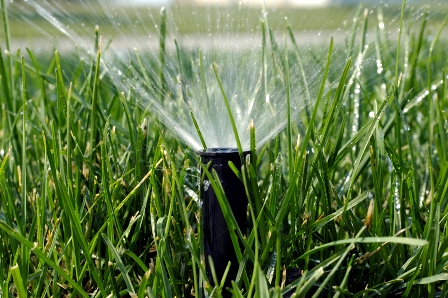
Water Before Dormancy: Keep watering the lawn until the grass goes dormant. The goal is to maintain adequate soil moisture so the grass doesn’t enter winter stressed from drought. However, avoid overwatering, as excess moisture can lead to disease problems.
Winter Watering: In regions with dry winters, provide occasional deep watering if the ground isn’t frozen. This helps prevent dehydration and root damage.
Remove Leaves: Regularly remove fallen leaves from the lawn. Piles of leaves can smother the grass and create an environment conducive to disease development. Use a rake or a mulching mower to shred leaves into smaller pieces that can decompose more easily.
Avoid Heavy Foot Traffic: If your lawn is covered with snow, try to avoid walking on it as much as possible. Heavy foot traffic on frozen grass can cause damage.
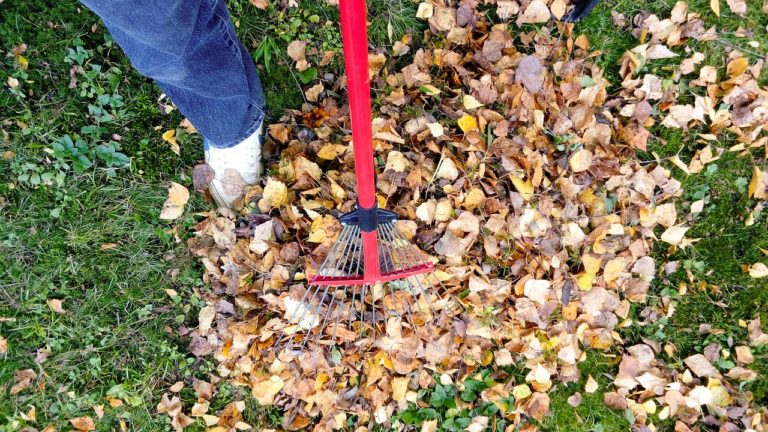
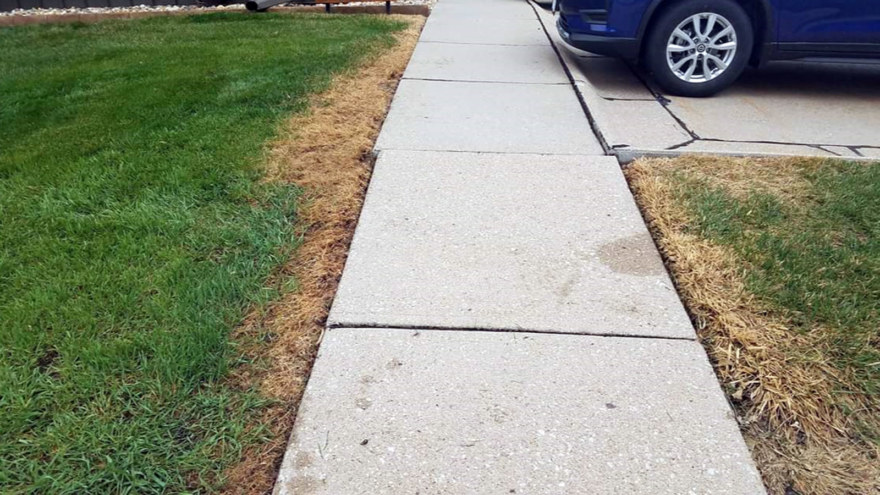
Prevent Salt Damage: If you use de-icing salts on your walkways or driveways, try to prevent salt from coming into direct contact with your lawn. Salt can damage grass and soil structures.
Monitor for Pests: Some pests remain active during the winter months. Keep an eye out for signs of pest damage and consider applying appropriate treatments if necessary.
Wait for Spring Growth: During the winter, your lawn will go dormant, and its growth will slow down. This is normal. Be patient and wait for spring, when the grass will begin to grow again.
Remember that the specific care your lawn requires will depend on your grass type, climate, and local conditions. Consult with local lawn care professionals or extension offices for advice tailored to your area. A well-maintained lawn throughout the cold weather will help ensure it’s ready to flourish once spring arrives.
We hope you find this information useful, and we look forward to continuing to support you with all of your lawn care needs. Thank you for choosing Moore’s Lawn Maintenance as your trusted lawn care provider.
Best regards,
Scot Moore
Moore’s Lawn Maintenance
Weekly inspirational quote: “Success is not final, failure is not fatal: it is the courage to continue that counts.” – Winston Churchill

